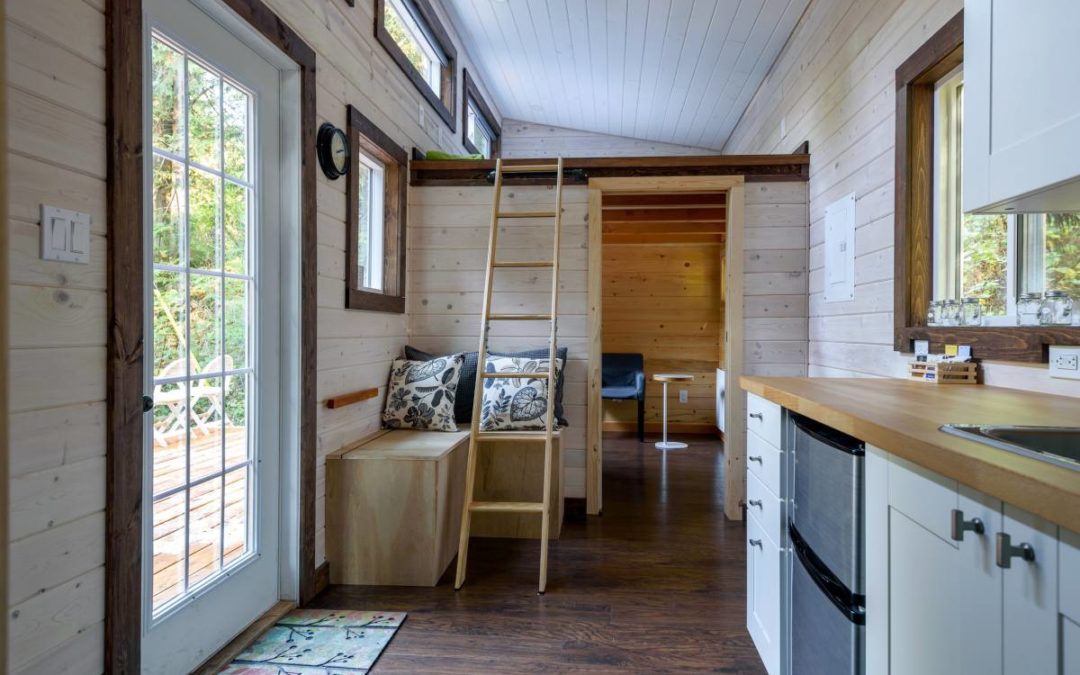The tiny house trend keeps popping its head up, but how does it really stack up as an investment, especially compared to multifamily real estate?
Tiny houses are cute, you may even like to have one in your backyard, but it is incredibly important to remain objective when it comes to choosing where to invest our money. So, what are the pros and cons of these types of assets for real estate investors?
The Demand & Limitations Of Tiny Homes
There may be some real interest in tiny homes. They may work as a mother in law suites you can Airbnb in your yard. Some may love the minimalist lifestyle, and low living costs they might be able to offer.
There are TV shows, big Facebook groups, and other online communities around these small living and off-grid topics. They may one day provide a part of the solution for housing if the vast majority of the population is priced out of conventional housing or there is another great recession.
However, from an investment and practical lens, they may not be quite as cute. Cost is a big issue, and although they may be small in size, they often cost more than conventional homes and apartments. There are few if any lenders willing to finance them. Meaning they can be more costly and less profitable for investors, and out of the reach of most who would want to live in them.
Regulations are still an issue too. Most counties and communities have strict minimum square footage restrictions. Tiny homes typically don’t cut it. So, they can’t scale or be placed. Even if you can get around this it becomes very management intensive and expensive to build a portfolio of rentals like this.
Multifamily Real Estate Investing
In contrast, multifamily apartments are very established and proven asset type and investment. They are, not a fad.
Multifamily properties are preferred by local governments and big money institutions because they offer great density. Cities and counties can bring in a lot more revenue from apartment buildings, and have to offer less public service coverage.
Builders and big funds love them because they offer a high ROI on the same size piece of land. In turn, the cost per income-producing unit is normally lower than single-family counterparts.
In addition to built-in diversification with many tenants in one place, management because much more efficient in apartment investing. In turn that means better net returns.
Conclusion
Tiny homes are nice, and you might even want one to stay in for fun. From an investment standpoint, it still seems smarts to simply plug into cash flow and equity through the proven model of multifamily real estate investing, instead of trying to fight the system and reinvent the wheel at every step.
ABOUT THE AUTHOR
Bill Zahller is the President of Park Capital Properties and resides in Asheville, NC. As a Multifamily Real Estate Investor and Syndicator, he founded Park Capital Properties in 2016 after 14 years involvement in real estate investment. He works with accredited investors and professionals who are interested in real estate investment, diversification, and financial freedom.
Bill has been flying since high school. His father was a Naval Aviator and Captain for TWA. Bill has been flying professionally for over 25 years, 23 of those at his current company. He has accumulated over 12,000 hours and 7 Jet type ratings. He has also held Instructor, IOE Instructor and NRFO pilot positions with a large fractional flight company. He is currently flying the Global 6000 in a long range mission capacity. This keeps it interesting – one week its Beijing or Sydney; the next Rio or Rome.
Bill is also the founder of the Asheville Multifamily Investor Club. Visit www.ParkCapitalProperties.com for more information.

